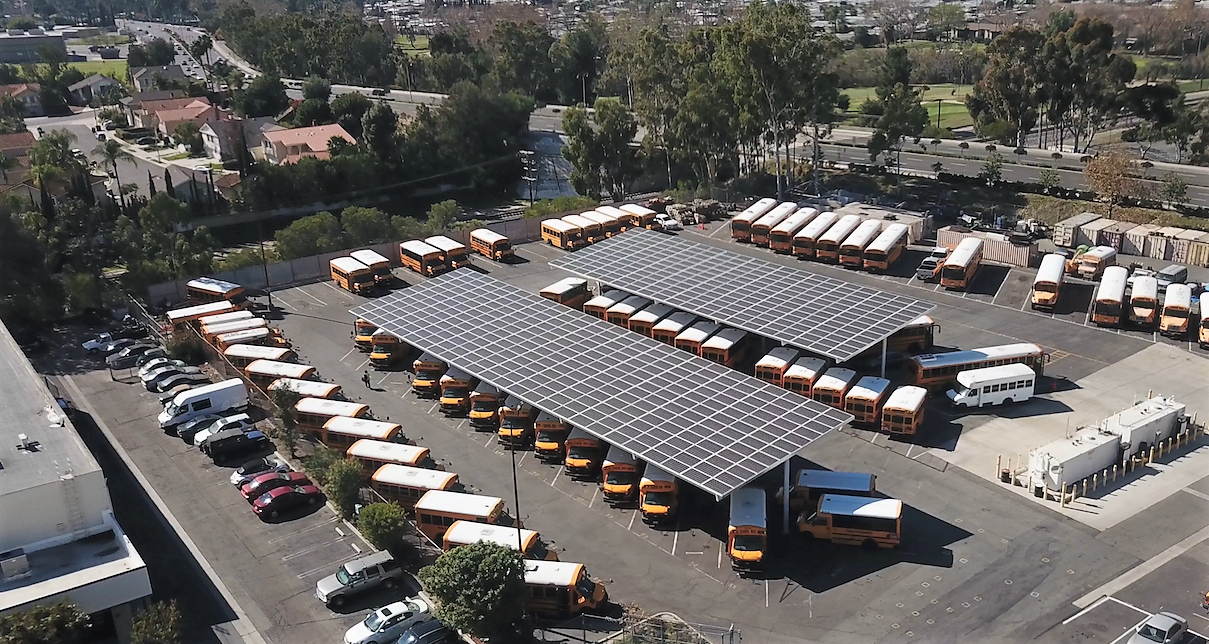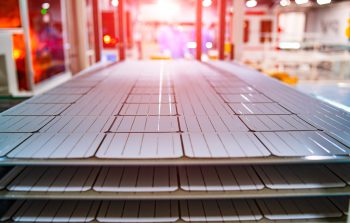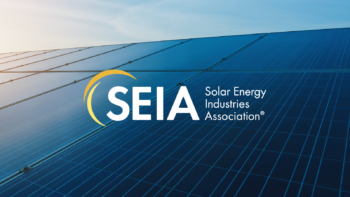Leading by Example: Powering Schools and Public Infrastructure with Solar and Storage

As the White House and Congress work on infrastructure and budget legislation, families across the country are getting ready for their kids to go back to school. We now have a real opportunity to lead by example and make significant investments in clean energy infrastructure that can power our public facilities, like schools, for decades to come.
Photo courtesy of Generation180 and PFMG Solar.
As the White House and Congress work on infrastructure and budget legislation, families across the country are getting ready for their kids to go back to school. We now have a real opportunity to lead by example and make significant investments in clean energy infrastructure that can power our public facilities, like schools, for decades to come.
Investments in solar, storage and energy efficiency for public buildings that support our communities can also create jobs, reduce electricity bills, and cut emissions as part of our work to address the climate crisis. Institutions that are foundational to communities large and small can all benefit from solar and storage including our schools, libraries, post offices, city halls, and state agency buildings.
Clean energy upgrades for public infrastructure will reduce budget burdens for state and local governments across the country by providing a long-term, low-cost solution to high utility costs. This will enable state and local governments to allocate more resources towards to making their communities better places to live, work, and raise a family. Every dollar saved can be put towards other priorities like school resources, parks and local infrastructure. The pandemic devastated many working class communities around the country, and now the federal government can invest in them while also making a big dent in national carbon emissions.
Energy costs are a major burden to state and local governments, particularly when it comes to our schools. According to Brighter Future: A Study on Solar in U.S. Schools, energy costs are the second-largest expense for U.S. schools after personnel. The report, authored by Generation 180, SEIA, and The Solar Foundation found that investing in solar can significantly alleviate the budget woes of U.S. schools in the long-term, since solar energy saves customers more money over time.
In 2019, only 5.5% of all K-12 public and private schools in the U.S. use solar power, and that’s after an 81% increase over the last 5 years. Tucson Unified School District in Arizona recently installed solar, according to the report, and they expect to save $43 million over the next 20 years. In Arkansas, the Batesville School District used their energy savings to raise teacher salaries to the highest level in the county, helping to attract and retain talent on their district staff.
Even more schools could make the switch to solar with state and federal support, and the infrastructure and budget packages are an opportunity to do just that. Some states, like Pennsylvania, are even setting new goals to power their municipal operations with solar, paving the way for smaller municipalities to set similar goals.
Reaching the Biden Administration’s climate goals and creating hundreds of thousands of solar jobs is going to take big ideas and bold approaches like these. There’s no better place to start than investing in solar for public infrastructure, and there’s no better time to start than right now.
Sign SEIA’s company letter to Congress and learn more about SEIA’s top policy priorities.
—



